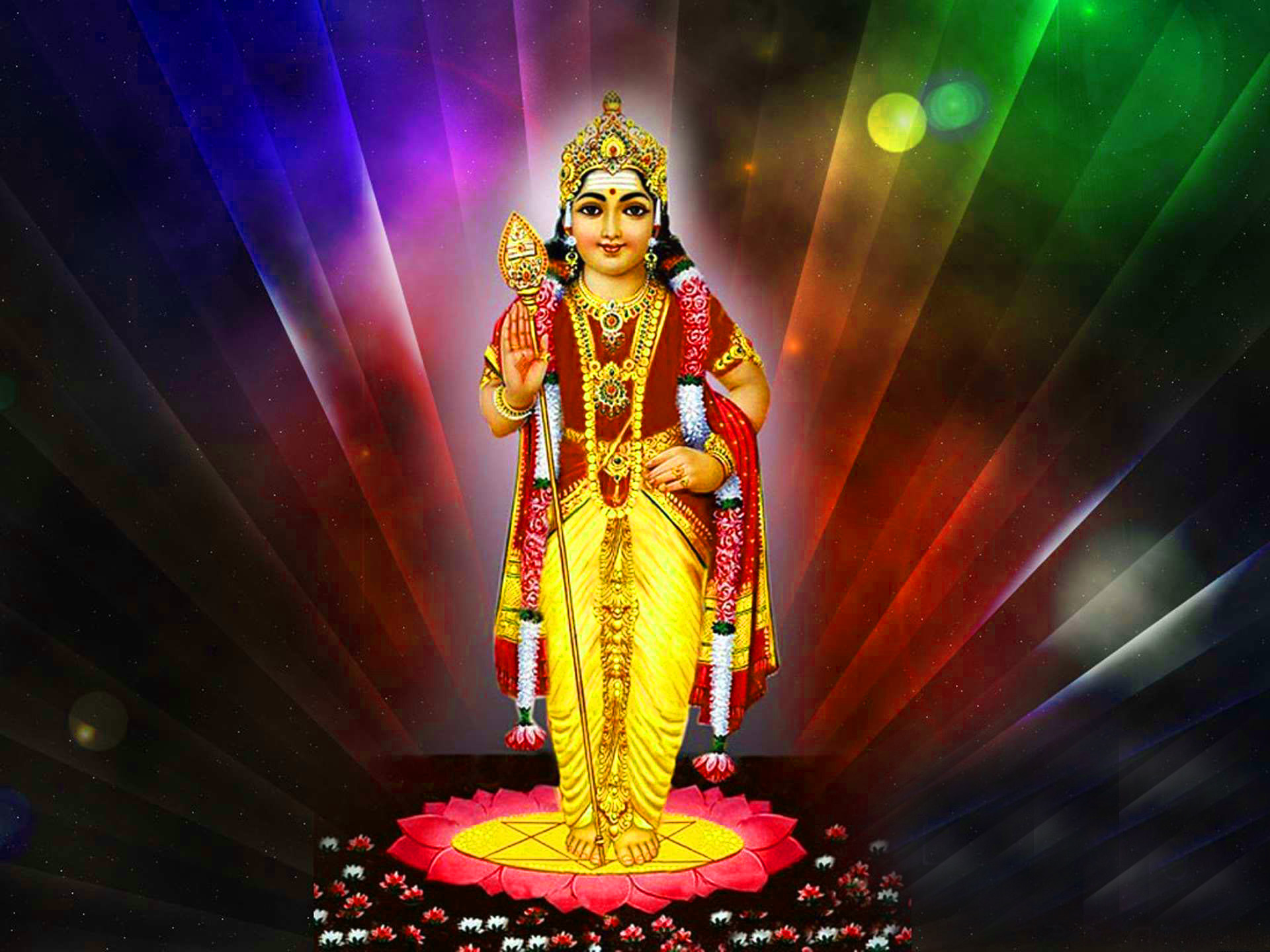

By May, most of the country feels like an oven, and locals wait eagerly for the cooling effect of the monsoon. India’s low season sees temperatures soaring to almost unbearable levels. Hop on a train to the hill country to beat the heat © Philip Lee Harvey / Lonely Planet Visit in low season (April–June) to avoid the crowds and have the temples to yourself With plenty of action on the festival calendar, the fall is a great time to visit almost all of India, except Ladakh, with the last road transport to Manali ceasing in late September. This is also a great time of year to find bargains on accommodations and tours.Īs the rains clear from September, tourism picks up, but rates remain below the peak until December. Lowland areas and hill stations can give the impression of a country besieged by rain, but it doesn’t rain all day every day, and there’s still plenty to see and do. This is the prime time for treks on India’s highest mountain trails. Lowland areas get drenched by monsoon rain from June to September, and Goa’s beach resorts become ghost towns, but backpackers and trekkers flood into the mountains, filling Ladakh’s lodges, tented camps, and yoga retreats. India’s shoulder season means different things depending on where you go in the country.

Spend shoulder season seeking out the top sights of India's great cities, like Delhi's Jama Masjid © Udbhav Rai / Shutterstock The shoulder season (June–November) is the best time to hit the Himalayas While there’s an undeniable magic to seeing Shimla or Darjeeling dusted with snow, many hotels shut up shop for the winter, and mountain trails and roads over high passes become impassable, including the main roads to Ladakh. In the hills, it’s a slightly different story. For a good chance of tiger sightings, head to Kanha, Bandhavgarh, and other national parks in the central plains. National parks are drier and there’s less foliage to hide the wildlife, and animals tend to be more active when temperatures are moderate. Another hassle is the morning fog, which causes disruption to air travel and other forms of transport in the northern plains.ĭecember to March is also the sweet spot for lowland adventures. Temperatures drop to manageable levels, with warm days and cool nights, making it easier to sleep, though this is also the time for peak prices.

The peak season for tourism in India coincides with perfect traveling weather – rainfall is sparse, views are clear, air humidity falls and the dry, sunny days are ideal for beach trips and exploring India’s teeming cities. Tourists flood the beaches of Goa, including Arambol, during high season © saiko3p / Getty Images High season – December to March – is the time for beach trips, tiger safaris and touring temples


 0 kommentar(er)
0 kommentar(er)
